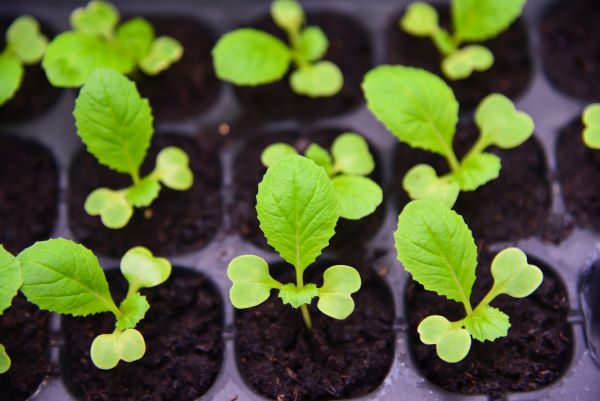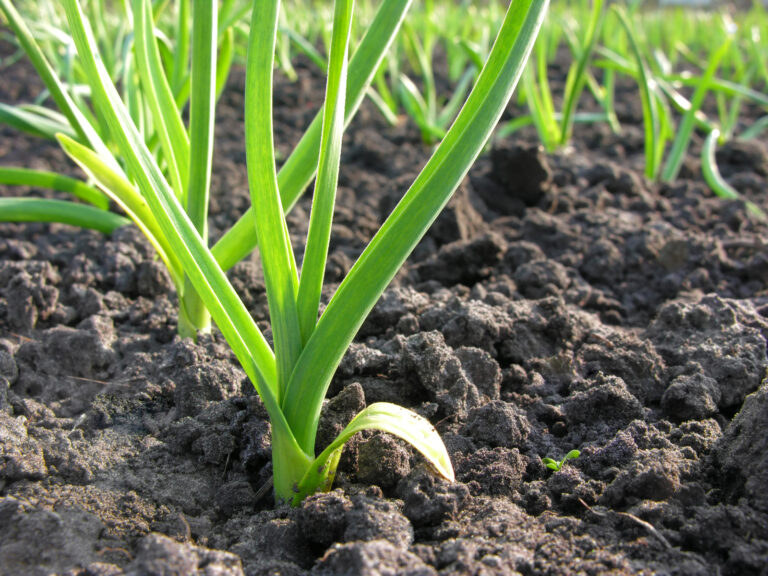Common Florence Fennel Pests and Diseases and How to Prevent Them
Florence fennel is a flavorful, cool-season vegetable that can be vulnerable to both pests and diseases. From decades of growing fennel in Sonoma Valley and advising gardeners through UC Extension programs, I’ve learned that most problems are preventable with proper site selection, monitoring, and care. This guide covers the most common pests and diseases affecting fennel and provides experience-based preventive strategies to keep plants healthy and productive.
Common Pests Affecting Florence Fennel
1. Aphids
- Symptoms: Curled or yellowing leaves, sticky honeydew, sooty mold
- Prevention: Encourage natural predators like ladybugs and lacewings, spray with strong water jet
- My Insight: Regular inspection in early morning reduces large infestations before bulbs are affected
2. Caterpillars (e.g., Black Swallowtail larvae)
- Symptoms: Holes in leaves, chewed stems
- Prevention: Handpick larvae, use floating row covers, plant companion flowers to attract predatory wasps
3. Slugs and Snails
- Symptoms: Irregular holes in foliage, slime trails
- Prevention: Maintain dry mulch near stems, use beer traps or copper barriers, remove hiding spots
4. Leaf Miners
- Symptoms: Winding trails in leaves
- Prevention: Remove affected leaves promptly, encourage parasitic wasps
Common Diseases Affecting Florence Fennel
1. Downy Mildew
- Symptoms: Yellow patches on leaves, white fuzzy growth underneath
- Prevention: Ensure good spacing for airflow, water at soil level, avoid wetting foliage
2. Powdery Mildew
- Symptoms: White, powdery coating on leaves
- Prevention: Plant in full sun, prune overcrowded foliage, rotate crops annually
3. Root Rot
- Symptoms: Stunted growth, soft or discolored bulbs
- Prevention: Use well-draining soil, avoid overwatering, grow in raised beds if necessary
4. Aphid- or Disease-Transmitted Viruses
- Symptoms: Mosaic patterns, stunted growth
- Prevention: Monitor pests closely, remove infected plants promptly
Integrated Prevention Strategies
- Proper Spacing: 8–12 inches between plants improves airflow and reduces fungal problems
- Even Moisture: Avoid water stress that attracts pests and weakens plants
- Mulching: Keeps soil cool and reduces splash-borne diseases
- Crop Rotation: Avoid planting fennel or related umbellifers in the same bed each year
- Beneficial Insects: Ladybugs, lacewings, and parasitic wasps help manage pest populations naturally
- Early Monitoring: Inspect plants weekly for signs of damage
Final Tip
Most fennel pests and diseases are preventable with consistent monitoring, proper spacing, careful watering, and the encouragement of beneficial insects. Applying these methods season after season ensures large, healthy, flavorful Florence fennel bulbs.
Florence Fennel Learning Hub
Start Here / Overview
Planning and Preparation
- Best Site and Soil for Growing Florence Fennel
- When to Plant Florence Fennel: Spring and Fall Timing
- Florence Fennel Sowing Dates by Last Frost: Region-by-Region Guide
- The Best Florence Fennel Varieties for Home Gardeners
Planting and Growing
- Florence Fennel Planting Basics: Depth, Spacing, Germination
- How to Start Florence Fennel from Seed
- How to Plant and Space Florence Fennel for Large, Sweet Bulbs
- How to Care for Florence Fennel: Blanching, Pruning, and Prevent Bolting
- Common Reasons Florence Fennel Fails to Bulb
- How to Grow Florence Fennel in Containers
Companion Planting
Care and Maintenance
- How to Water and Fertilize Florence Fennel for Flavorful Bulbs
- Common Florence Fennel Pests and Diseases and How to Prevent Them
Harvesting
Storage and Preservation
Cooking and Serving


